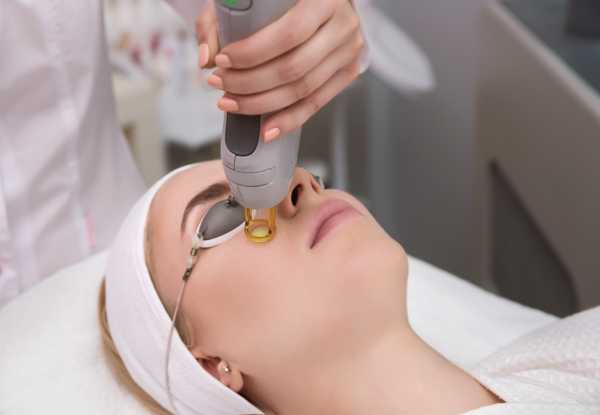ブランド品を安く買う方法|お得に購入したい方必見
Living with Thyroid Eye Disease: Understanding Symptoms, Treatment Options, and Coping Strategies
Thyroid Eye Disease (TED), also known as Graves' orbitopathy or thyroid-associated orbitopathy, is a complex autoimmune disorder commonly associated with thyroid conditions such as hyperthyroidism or Graves' disease. TED can cause significant discomfort, vision problems, and even physical disfigurement if left undiagnosed or untreated. This article covers essential aspects of diagnosing and managing TED, along with helpful coping strategies for living with the condition.
Thyroid Eye Disease (TED), also known as Graves' orbitopathy or thyroid-associated orbitopathy, is a complex autoimmune disorder commonly associated with thyroid conditions such as hyperthyroidism or Graves' disease. TED can cause significant discomfort, vision problems, and even physical disfigurement if left undiagnosed or untreated. This article covers essential aspects of diagnosing and managing TED, along with helpful coping strategies for living with the condition.

Common Symptoms of Thyroid Eye Disease
TED presents through a variety of symptoms, which can develop gradually and vary in severity. The following signs should prompt individuals to seek medical attention:
Protruding Eyes (Exophthalmos): One of the hallmark symptoms of TED is bulging eyes, where the eyes may appear to protrude outward. This can cause difficulty fully closing the eyes, leading to dryness, irritation, and excessive tearing.
Eyelid Retraction: The upper or lower eyelids may retract, creating a "staring" appearance. In some cases, this can lead to difficulty blinking, which may cause dryness or light sensitivity.
Vision Changes: Double vision or blurred vision can occur due to inflammation of the muscles around the eyes, causing misalignment and leading to visual problems.
Eye Pain and Sensitivity: TED often causes a sensation of pressure or pain around the eyes, especially when moving the eyes or straining. Light sensitivity is also a common complaint.
Swelling Around the Eyes: Inflammation can cause noticeable swelling in the tissues surrounding the eyes, making the eyes appear more prominent.
Prevalence and Risk Factors
Thyroid Eye Disease is most common in individuals with thyroid disorders, particularly those with hyperthyroidism or Graves' disease. Research indicates that up to 50% of individuals with Graves' disease will develop TED to some degree.
Certain risk factors increase the likelihood of developing TED, including smoking, older age, and poorly managed thyroid hormone levels. TED is more common in women than men, and the condition typically peaks between the ages of 40 and 60.
Treatment Options for Thyroid Eye Disease
The treatment for TED varies depending on the severity of the disease and the specific symptoms an individual is experiencing. Below are some of the most common treatment options:
Tepezza (Teprotumumab): This medication has revolutionized the treatment of TED. Tepezza targets the underlying inflammation, helping to reduce symptoms such as bulging eyes and double vision. Many patients report significant improvements in both appearance and comfort.
Corticosteroid Therapy: Steroid medications can help control the acute symptoms of TED by reducing inflammation. These are typically used for short-term management during flare-ups.
Surgical Interventions: In severe cases, surgeries such as orbital decompression may be necessary. This procedure relieves pressure behind the eyes, improves eye positioning, and can prevent vision loss. Surgery is usually considered when other treatments have not been effective.
Supportive Care: For less severe cases, using lubricating eye drops, wearing sunglasses to protect from light sensitivity, and maintaining good eye hygiene can help manage symptoms.
Coping Strategies for Living with TED
Living with TED can be challenging, both physically and emotionally, but several strategies can help manage the condition:
Support Groups: Connecting with others who have TED can provide emotional support and practical advice for managing symptoms.
Regular Monitoring: It's important to work closely with a healthcare provider to monitor the progression of TED and adjust treatment as needed.
Stress Management: Since stress can exacerbate TED symptoms, engaging in stress-reducing activities such as yoga, meditation, or deep-breathing exercises can help improve overall well-being.
Conclusion
Thyroid Eye Disease requires careful management to prevent complications and maintain quality of life. Early detection, the right treatment plan, and lifestyle modifications can significantly improve symptoms and prevent long-term damage. If you suspect you have TED, especially in the presence of a thyroid disorder, consult a healthcare provider for proper diagnosis and treatment.










